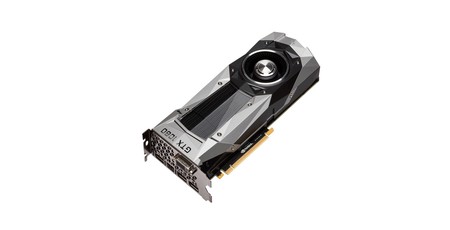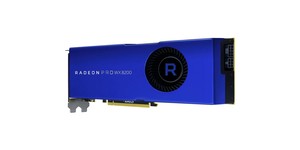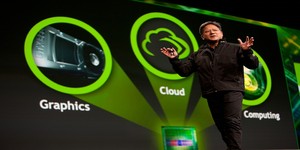Nvidia has quietly revised the licence agreement for its Nvidia GeForce software packages, including graphics drivers, in order to force data centre users away from consumer-grade hardware and onto higher-priced workstation- and server-class products.
For years, the biggest distinction between Nvidia's desktop-class, workstation-class, and server-class graphics processor implementations has been the floating-point performance. Where workstation and server products in the Quadro and Tesla families are able to use the full double-precision floating point capabilities of their GPUs, the company's consumer-grade GeForce products have had this facility artificially limited - a move which has no effect on games but results in a massive drop in performance for common general-purpose GPU (GPGPU) accelerated workloads.
The recent shift towards new workloads for GPGPU tasks, though, has meant that hobbled double-precision float performance isn't the issue it once was; accordingly, customers have begun filling data centres with cheaper GeForce hardware instead of Tesla parts - something Nvidia is now taking action against.
'No Datacenter Deployment. The software is not licensed for data centre deployment,' Nvidia's freshly-updated driver licence agreement states, 'except that blockchain processing in a data centre is permitted' - the latter giving the company room to continue selling its consumer-grade hardware to those mining cryptocurrencies like Ethereum and Monero without falling foul of its own licence agreement.
The move makes sense from Nvidia's perspective: Where previously it had relied on artificial performance limitations to make the GeForce parts unappealing to business users, the shift in workload means that it can no longer do so without also harming consumer workload performance. From a consumer perspective, though, the change is unlikely to be welcomed - and helps to explain why the company dropped the GeForce branding from its Titan family of graphics cards prior to the launch of the definitely-not-for-gamers, AI-centric, £2,700 Titan V.

MSI MPG Velox 100R Chassis Review
October 14 2021 | 15:04









Want to comment? Please log in.